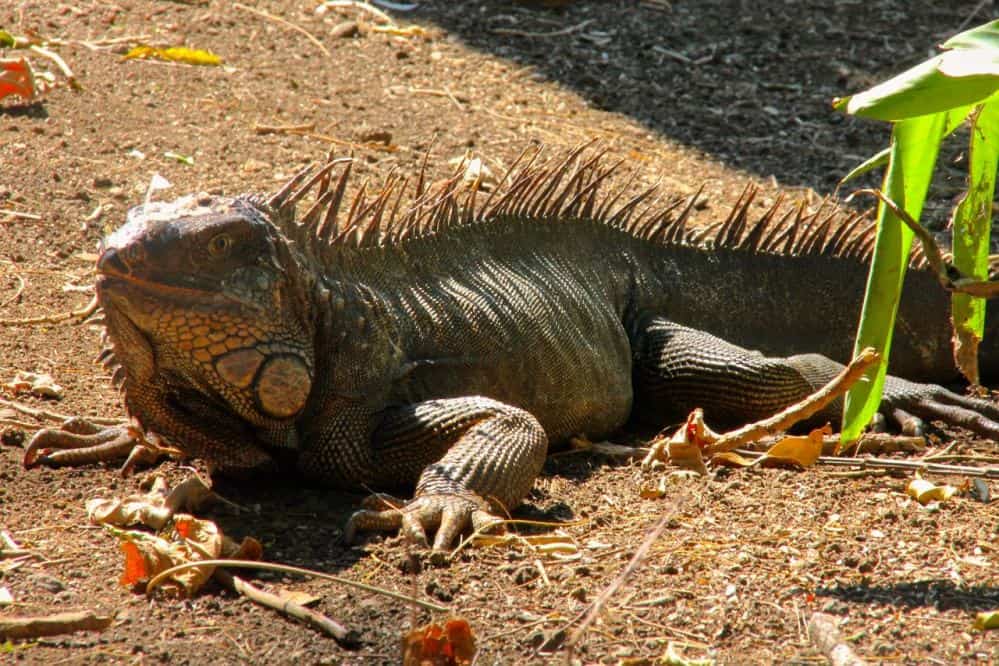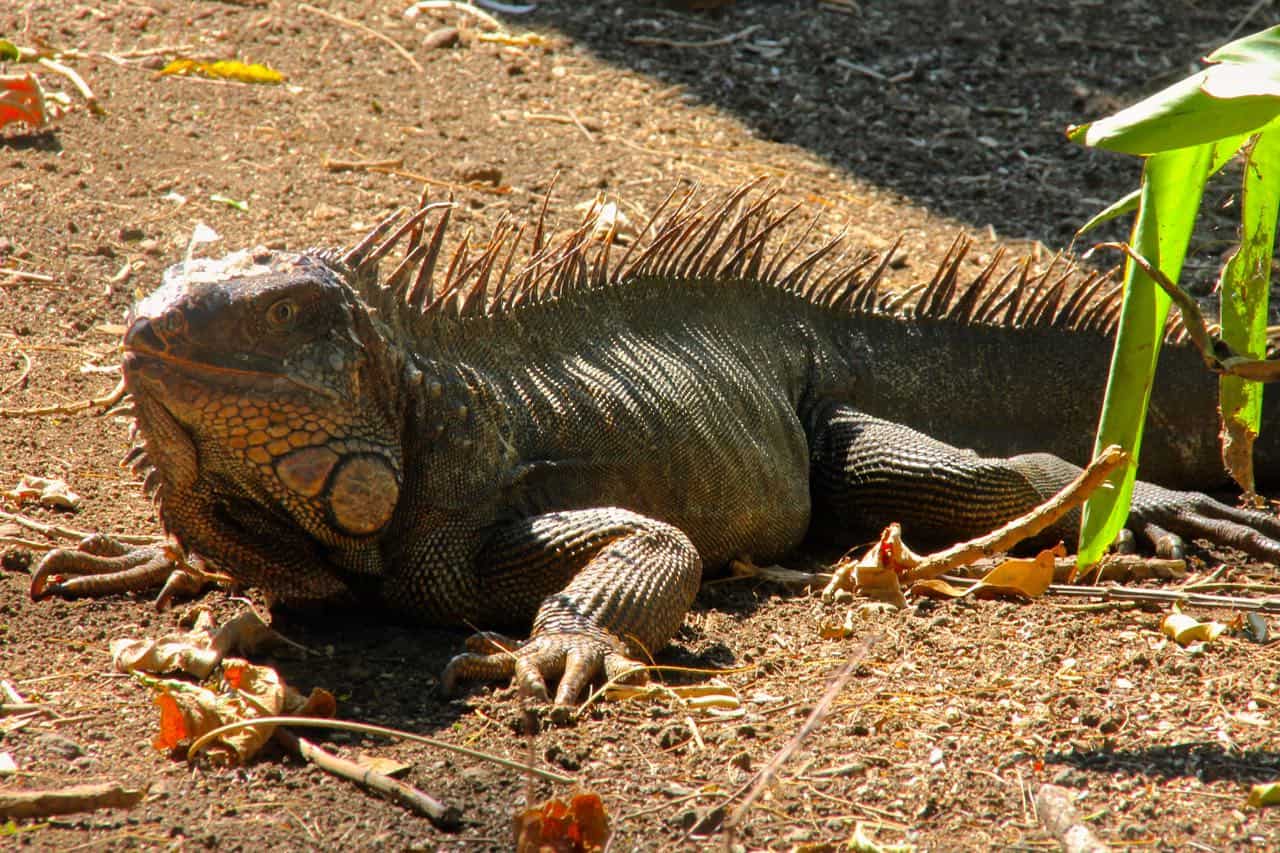Iguana Bites Toddler On A Beach In Costa Rica
This is not your typical iguana bites toddler story. This one really takes the cake. It could almost be a classic fairy tale, as old as time itself: the child, the lizard, and the cake. For one particular youngster, whose delicious dessert was stolen away by an iguana, it was a story with an unexpected ending. While Aesop’s fables or tales from the Brothers Grimm may have moralistic lessons, this one certainly had a surprise twist!
Doctors have reported that the toddler contracted an uncommon infection after being bitten by the iguana while it attempted to snatch a piece of cake.
Iguana Bites Toddler In Costa Rica
In his upcoming presentation at the European Congress of Clinical Microbiology and Infectious Diseases in Copenhagen, Dr Jordan Kit Mah – a medical microbiologist from Stanford University – will share the cautionary tale of a three-year-old who encountered an attack while on holiday with her parents in Costa Rica. Titled “Never get between an iguana and his cake”, Dr Mah’s presentation will document the events of the unfortunate incident.
As she ate her treat on the beach, a lizard suddenly emerged and tried to snatch the cake, biting into the back of the child’s hand.
Mah speculated that the animal was attempting to stake out its territory.
The girl was treated with a disinfectant and prescribed a five-day course of amoxicillin to aid the healing of her wound. Following the treatment, her wound healed.
However, five months later her parents noticed a lump on the back of her hand. It was around the size of a coin and didn’t cause any pain at first, but it started to become bigger and changed color to reddish-bluish.
An ultrasound imaging initially suggested that the bump may have been a ganglion cyst, but as it increased in size and became increasingly painful, an orthopedic surgeon decided to take a closer look due to its atypical features.
Analysis of the lump revealed a thick white mass and pus, accompanied by dead tissue, clusters of white blood cells, and bacteria later identified as Mycobacterium marinum. This particular organism is known to infect organisms living in both fresh and marine water habitats, but does not cause tuberculosis in humans. Despite its close relation to the bacteria that causes human tuberculosis, it only infects fish.
Mah noted that Nontuberculous mycobacteria are very common in the environment, and some strains have the potential to cause skin and soft tissue infections. He cautioned that it is important to be aware of these organisms and take steps to prevent infection. If an infection does occur, it can often be treated with antibiotics.
Mah noted that it was unsurprising for the girl’s infection to have a delayed onset, given that the bacteria causing it is known to develop at a slow rate and can take some time before symptoms appear. He commented, “This came on insidiously and became a problem later on.”
The toddler was given rifampin and clarithromycin as the amoxicillin was ineffective against the bacteria.
Previous cases of human infections associated with this pathogen have generally been linked to activities in aquatic environments, such as swimming or exposure to fish tanks. In the past, some instances of infection found in Britain had been traced back to swimming pools; however, experts believe that such incidents related to these facilities have decreased drastically over time.

Expert’s Opinion
David Turner, a professor of clinical microbiology at the University of Nottingham who had no involvement in the new case, noted that infections could also occur as a result of cuts to the hands sustained when opening oysters.
He expressed his surprise at the infection after a reptile bite, noting that reptiles do carry some very toxic organisms which can cause illnesses like salmonella. He emphasized the importance of handwashing after handling reptiles to avoid contamination and infection.
Experts have determined that the most conducive environment for bacterial growth is temperatures around 30C, which is notably lower than the average body temperature of 37C in humans.
Mah suggested that the cold-blooded nature of iguanas makes them an ideal host for viruses. This could explain why they are a perfect reservoir of these diseases.
He stated that the report was believed to be the first of its kind regarding injuries due to an iguana. He also stressed that it should serve as a reminder for people to be aware that lizards such as iguanas could transmit Mycobacterium marinum and thus, cause infections in humans. Furthermore, he emphasized the importance of using lower temperatures to cultivate and study the pathogens linked to reptile bites.
Finally he affirmed ,“If you are thinking about this organism, you have to know the right methods to diagnose it in the first place”.
In Costa Rica, it would appear that you can’t have your cake and eat it too.

